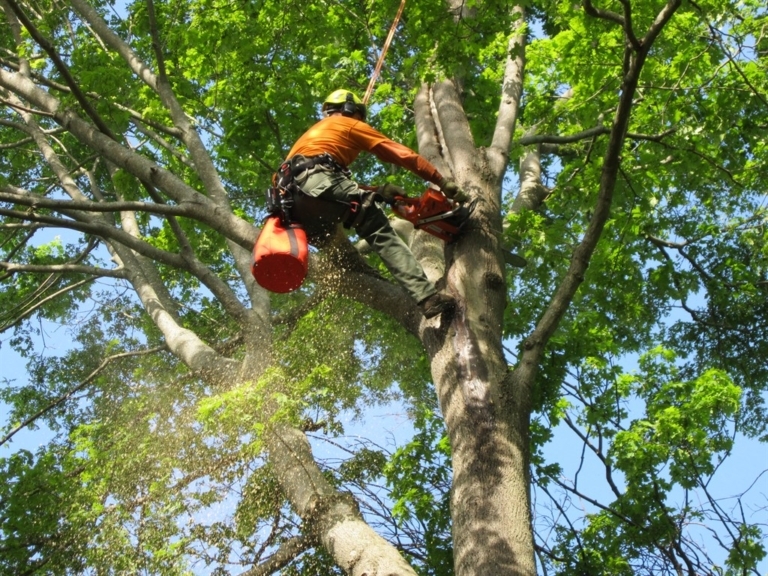When is the Best Time to Plant Trees
If you have recently purchased some young trees from your local nursery, you may be excited to get them into the ground, but be careful. Young trees are delicate and can easily be influenced by changes in the weather, temperature, and precipitation. That is why there is a specific time frame you should use when you are thinking about planting young saplings. Where you live in the country also influences the time of year that you can plant a tree. For example, those in the Southern regions of the United States have a longer planting season than those in the upper Midwest. Here are some of our top tips on when is the best time to plant young trees.
Look at the rain conditions: If you want to plant a young tree one important factor to consider is recent rain conditions. You will want to have a reasonable amount of rain recently in order to properly nourish the root system of your young trees. For this reason, you should try to avoid planting in summer and winter if you live in a region that has cold winters. Most regions experience little rain in summer and this can set your young sapling up for a bad start. For colder regions winter is also a bad time, because despite the fact that you are getting precipitation in the form of snow, none of that moisture will make its way into the soil until the snow starts to melt, usually around late winter or early spring.
Temperature: Temperature is also a factor to consider when planting a sapling. In the summer, especially in Southern regions, the heat will be too much for the little tree to handle. Likewise, winter temperatures will be too harsh for a young tree, even in its dormant state. When looking at temperature, the best time to plant a tree would be in the later part of autumn, before the first frost or in early spring, ideally late March into April, when the moisture conditions are just right for a young tree.
State of the tree: Another factor that many novice tree planters don’t consider is the growing state of the tree at the time of planting. This is important, however, because a tree is less susceptible to damage in its dormant state, which makes it the ideal time to plant. For deciduous trees you can tell that they are going into their dormant state once their leaves begin to fall and become active again once you begin to see buds developing on the trees. For evergreens, you have more leeway since these trees never enter into a dormant state. You can plant an evergreen earlier than you can plant most deciduous trees but keep an eye on the heat.
Planting new trees can improve your landscaping and is a great project if you are eco-conscience. Just remember to follow these simple guidelines when planting your sampling so that you will end up with a healthy adult tree once it begins to mature. Setting up your sapling for success from the beginning will pay off big time down the road. These guidelines apply to all types of trees, including fruit bearing and ornamental.

